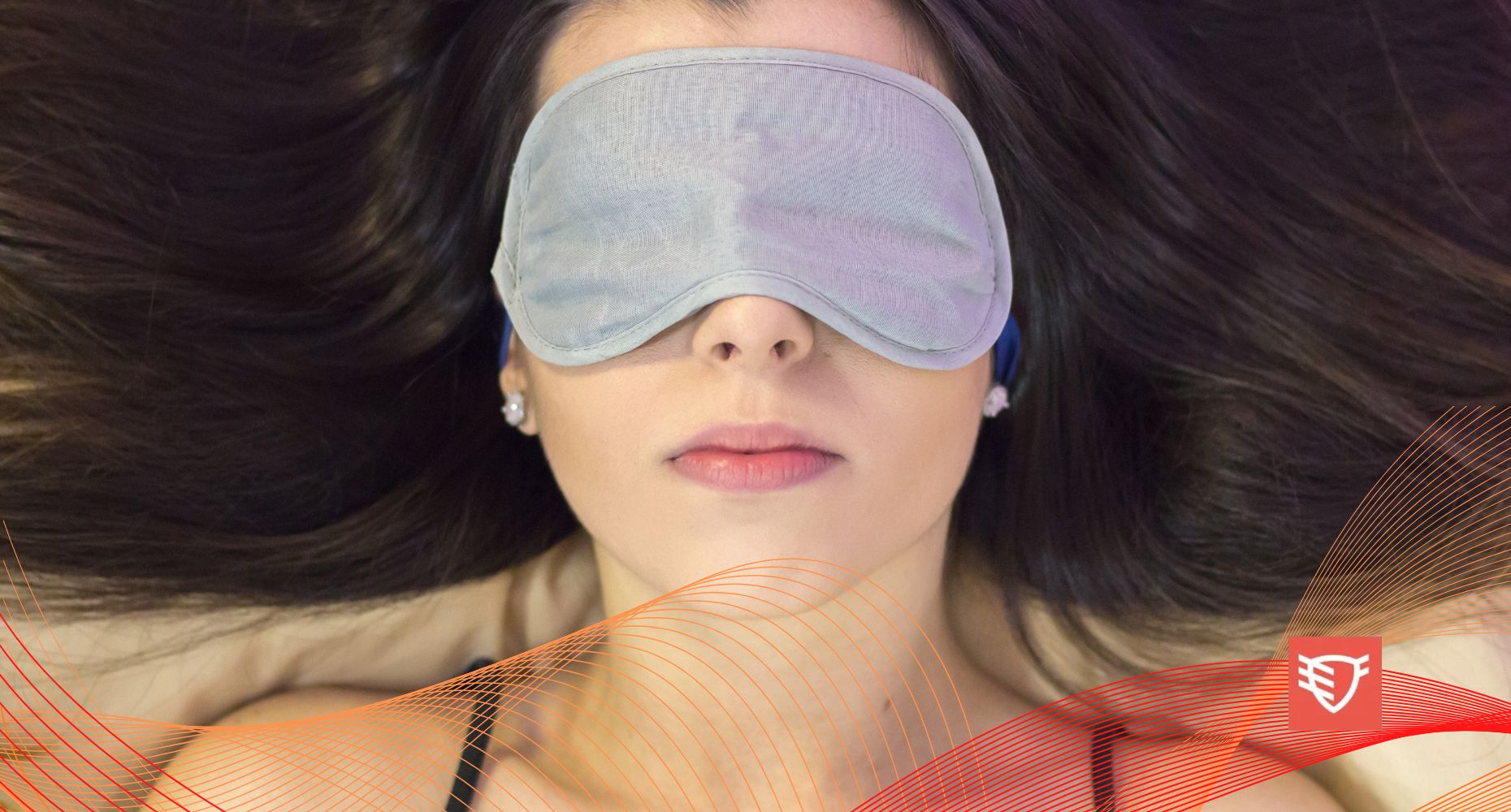Brak produktów w koszyku.
Pupil distance (PD) – what is it and how do you measure it?

Dodano: 21 lutego 2021
Are you planning to buy new prescription glasses online? In order to spend your money wisely and not to suffer from ailments related to wearing mismatched lenses, you first need to know your pupil distance (PD). See why this parameter is so important, how it is recorded and how to measure it yourself if an ophthalmologist has not done it for you.
What is pupil distance?
Pupil distance (PD) is, simply put, the distance between the pupils of the eyes. It is given in millimeters, and the greater the error in its measurement, the more serious the consequences may be for a person with a visual impairment who wears glasses made on the basis of it. Pupil distance can be represented in two ways – less accurate as one number or more precise as two numbers.
The mean PD value in children is considered to be 43 mm to 54 mm, and in adults, 54 mm to 74 mm. It may therefore be given, for example, as “65 mm” or “32.3 mm and 32.7 mm”. In the first case, it determines the distance between the pupil centers, and in the second case, the distance between the left pupil and the center of the nose, and the right pupil and the center of the nose.
Importantly, pupil distance changes with age but stops in adults. This means that a well-made PD measurement can serve you from adulthood throughout your life, so it’s worth paying attention to.
Why measure pupil distance?
Ideally, this should be done by an ophthalmologist who will write you prescription for prescription glasses. Thanks to a special device – pupillometer – it is able to measure PD with an accuracy of 0.5 mm.
No good company dealing in the production of corrective lenses will create glasses for you without knowing this parameter, because it could expose you to serious health consequences and deterioration of eyesight. Therefore, if you want to buy corrective glasses online and the doctor has not marked your PD on the prescription, be prepared to measure yourself. Don’t worry, it’s easy!
How do I measure my pupil distance myself?
If you have such an opportunity, especially if you have a severe visual impairment, ask someone for help – then the examination will take literally a few minutes and the results will be more reliable. Prepare a hard ruler divided into millimeters and a well-lit mirror that you can stand in front of you. For measuring the distance between the pupils, for example, a tape measure and a small mirror to which you have to bend are NOT suitable.

1. Stand in front of the mirror, approx. 25 cm from it. Do not bend down and keep your head straight. If another person is taking measurements, look at the object approx. 2 m away during this time.
2. Place the ruler on your nose so that it is just below or above your pupils when looking straight ahead.
3. Set the device so that the “0 mm” position is exactly under the center of one pupil. Then mark on the ruler or write down the distances:
- between the centers of the pupils,
- between the center of the left pupil and the center of the nose,
- between the center of the right pupil and the center of the nose.
4. If you are measuring your PD yourself and have a problem with that, you can help yourself by closing one eye and then closing your dear eye – it will be easier to get focus.
NOTE: Testing with a ruler and not a pupillometer will never be completely accurate. Fortunately, a small mistake will not affect your eyes badly and is perfectly acceptable. To measure your PD with the greatest possible accuracy, be sure to do it several or even several times so that the results are always repeated. It is a good idea to take a short break between attempts to let your eyes rest.
What does an incorrectly measured pupil distance result?
Value (or values) of PD allows the professionals who design your prescription glasses to make it fit as closely as possible to your eye shape. Glasses with the wrong optical center and worn regularly, instead of helping you to live comfortably with your visual impairment, can:
- cause discomfort when looking at distant or close objects,
- be ineffective, which will make your defect worse,
- cause headaches and eyeaches,
- negatively affect your concentration,
- “tire” your eyes, and thus the whole body, leading to the feeling of chronic fatigue.
As you can see, accurately measuring the distance between the pupils is the basis of the fight against visual impairment. If your ophthalmologist has not done this, please do this with the greatest possible care at home or ask your doctor for another appointment. If you already have a refilled prescription for prescription glasses and are looking for a pair for yourself, take a look at what frames we have prepared for you at EyeShield. You will take care of your eyes as best you can when you buy premium blue light blocking glasses with prescription lenses!



